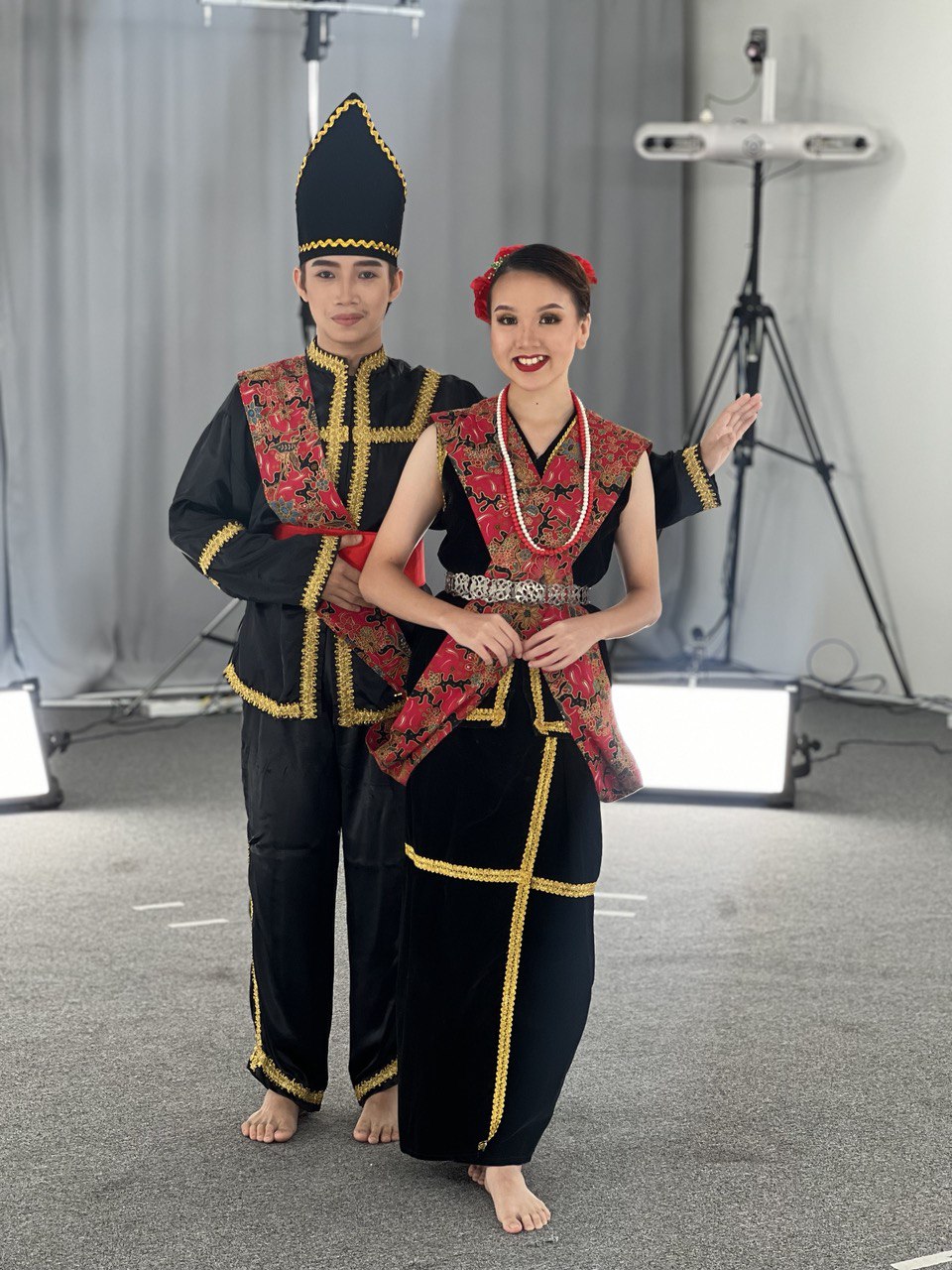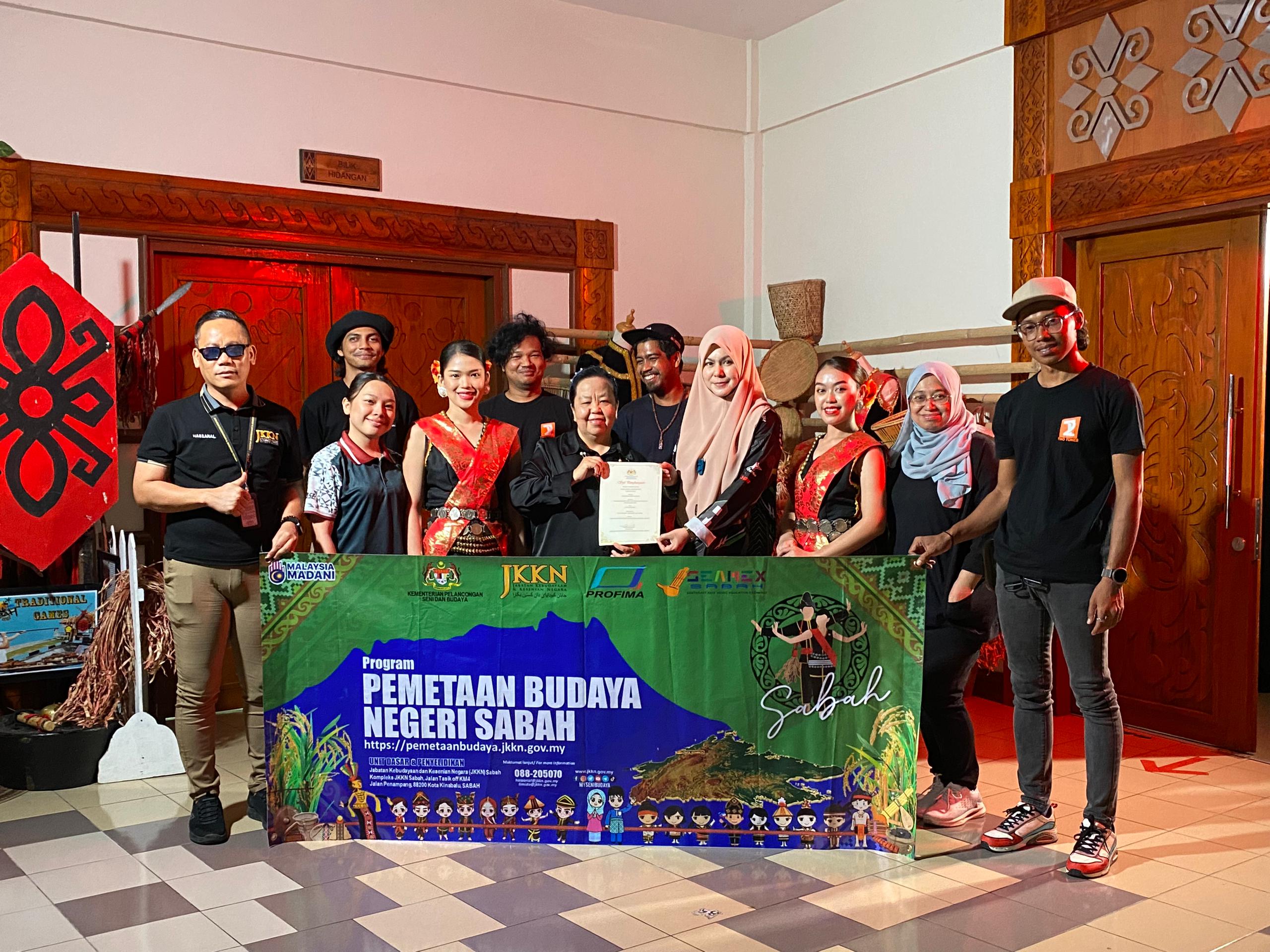ARTS AND CULTURE INFORMATION GATEWAY
Immerse yourself in the colorful world of art and culture! From traditional heritage to contemporary works, discover uniqueness that reflects the nation's identity and identity
TARIAN SUMAZAU
Picture
5
Video
Available
Today's Visitor
3949
Number of Visitors
11328
Introduction and history
Sumazau is an iconic traditional dance of the Kadazandusun ethnic community in Sabah. This dance is often performed during the Kaamatan Festival (Harvest Festival), which is celebrated annually on May 31 as a tribute to ‘Bambaazon’ (the spirit of rice) after the harvest season. This dance, also known as Sumayau in the Dusun language, is closely related to the word ‘Minsayau,’ referring to dancing with hopping movements.
The origin of this dance is associated with the movements of an eagle spreading its wings in the air, particularly over the golden rice fields during the harvest season. Inspired by these eagle movements, the Sumazau dance adopts similar motion patterns. This dance is performed in pairs, with male and female dancers, and is not limited to a specific number of participants.
Originally, Sumazau functioned as a ritual dance performed in the worship of the rice spirit, known as the Magavau or Maga'au ritual. This ceremony was held once a year during the Kaamatan Festival as an expression of gratitude to ‘Bambaazon.’ However, its function has since expanded to include various social events such as weddings, receptions for dignitaries, and other cultural festivals or celebrations. This dance is not merely a form of artistic performance but also symbolizes harmony, cooperation, and respect for the environment and the traditional beliefs of the Kadazandusun ethnic community.
Sumazau dancers, consisting of men and women, usually wear plain black clothes decorated with red or gold thread. In general, this dance comprises a set of clothing from the Kadazandusun Penampang ethnic group known as 'Gaung' clothing for male dancers and 'Sinuangga' clothing for female dancers (Mazizy J. Lomodi, 2024).
The 'Sinuangga' attire for female dancers features a sleeveless shirt with a black U-shaped collar embroidered with red and golden yellow threads. This thread does not really stand out along the neck, sleeves, or side seams. On the back of the shirt, five to seven pairs of Betawi buttons that are not sewn on the shirt are joined and matched with a skirt called 'Tapi' (Azam et al., 2022).
This female dancer's dress is decorated with 'Husob', which is a red scarf, especially batik fabric, that is placed crosswise on the dancer's shoulders. Accessories on the waist include 'Hinogot' or 'Himpogot' made of silver coins (trade dollars) and a set of 'Tangkong' made of copper. On the neck decoration, sometimes dancers use red or white pearls as an additional decoration or use 'Hamai' in the form of a chain made of gold or silver. For hand accessories, dancers wear 'Tinongkos' or 'Gohong' bracelets, which are circular bracelets made of copper or silver. For headdresses, dancers only use red or white flower decorations known as 'Titimbok' to give a make-up aura to female dancers.
The 'Gaung' attire worn by male dancers features long sleeves with a black cekak musang collar complete with subtle red and golden yellow thread embroidery along the collar, shoulders, sleeves, back and wrists and joined with five to seven Betawi buttons sewn on the front of the shirt. The use of 'Gaung' is matched with long pants called 'Souva' (Azam et al., 2022).
The male dancer's attire is not loaded with decorations. Instead, it only uses the tanjak known as 'Sigar', which is made of cloth embroidered with various motifs, measuring square, folded and wrapped according to a certain technique. On the shoulder of the male dancer will be hung a type of accessory made from Daun Silad Kering at waist level, which is tied using 'Ongkot' or gold or red cloth around the male dancer's waist.
Usually, the musical instruments that accompany this dance are drums and five types of gongs, namely 'Naananagon', 'Haahambatan', 'Kuukulimpon', 'Tootongan', and 'Taatavag. The beating of gongs and drums will be combined to accompany the Sumazau dance performance.
Sumazau dance does not have a variety and complex movement patterns. This dance is performed by raising both hands to shoulder level, where the hands are fluttered like bird's wings to the slow and gentle rhythm of the music. Pairs of male and female dancers dance face to face with small steps while heels are raised and lowered to the rhythm of the song. The movements of the hands are coordinated outwards and swing up and down, resembling a bird flying. Each dancer moves at a close distance from each other, but without touching, adding harmony to the performance.
Here are
the basic types of Sumazau dance:
|
Types |
Description |
|
Pangkis |
Screaming sounds
made by male dancers to signal the start of a dance performance and a marker
for a change of style. |
|
Sumihok |
A localized
bouncing motion on both the left and right legs will step simultaneously on
each stretching. |
|
Mengambai |
The movement of
opening wide the front part of the hand like an eagle in flight. |
|
Mingkun |
A circle
formation or alternating between men and women with the act of holding one of
the shoulders of a fellow dancer crosswise between men and women. |
Mazizy J. Lomodi. (30 Tahun). Kampung Limbanak, 89650 Penampang, Sabah. 12 Oktober 2024.
Reference Source
Azam, E. A., Bukhari, N. a. M., & Samsudin, N. H. (2022). Terminografi Busana Kadazan Penampang. Jurnal Pengajian Melayu, 33(2), 179–196. https://doi.org/10.22452/jomas.vol33no2.10
Pugh-Kitingan, J. (2012). Kadazan Dusun. Institut Terjemahan & Buku Malaysia.
Hussin, H., Baptis, J. J., & -Kitingan, J. P. (2018). Enriching the soundscape and dancescape of Sabah through Sumazau. Journal of Southeast Asian Studies, 23(2), 181–204. https://doi.org/10.22452/jati.vol23no2.9
Hussin, H. (2008). Performing Rice Farming Rituals by Penampang Kadazan of East Malaysia: Between Sacred Ritual and Secular Performance. JATI - Journal of Southeast Asian Studies, 13, 173–190. http://eprints.um.edu.my/9152/
Location
State JKKN Contact Information
Puan Nurshahrinna Syahrial
Cultural Officer
Jabatan Kebudayaan dan Kesenian Negara, Sabah
Kompleks JKKN Sabah,
Jalan Tasik off KM4 Jalan Penampang,
88200 Kota Kinabalu
SABAH
088-205070
Use the form below to contact the Informant/Figure/Editor/Researcher directly. We will respond to your inquiry as soon as possible!

 Kampung Limbanak, 89650 Penampang, Sabah.
Kampung Limbanak, 89650 Penampang, Sabah.









